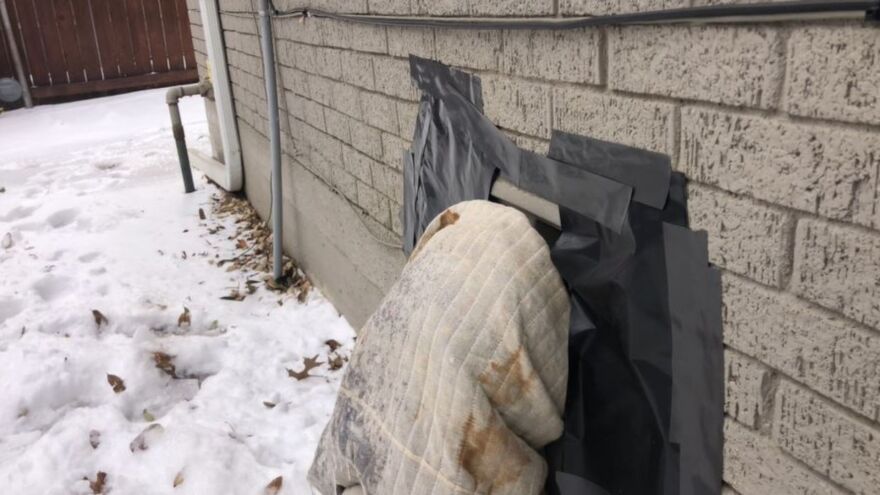BETHLEHEM, Pa. — Days of below-freezing temperatures and another snowstorm forecast in the Lehigh Valley and could mean trouble for homeowners.
The threat of freezing pipes, heating system malfunctions and collapsed roofs all are very real this time of year.
“Homeowners and renters should be proactive in making sure their residence is ready for cold weather,” AAA East CentralVice President of Insurance Jonathon King said.
“By taking measures to ensure a home’s interior and exterior are prepared for frigid temperatures, high repair costs and headaches can be avoided in the future.”
“By taking measures to ensure a home’s interior and exterior are prepared for frigid temperatures, high repair costs and headaches can be avoided in the future.”Jonathon King, vice president of insurance sales at AAA East Central
There are a few ways to protect a home from the winter elements, King said.
“Trimming threatening trees, shutting off water and draining pipes, and cleaning gutters are all things that can be done before it gets too cold,” King said.
“If a winter disaster does strike, having the right home insurance coverage will help. Review policies with a trusted agent to be sure everything is in order.”
He said a few extra steps around the house can help people avoid a disaster and an insurance claim.
Tips for winterization
Tips for winterizing a place of residence, according to AAA, include:
- Removing hoses from exterior faucets
- Repairing or replacing weather stripping around windows and doors, vents, and fans, plumbing, air conditioners and electrical and gas lines
- Using caulk or insulation to seal all cracks, holes and other openings on exterior walls
- Letting faucets drip a little bit to prevent freezing pipes
- Well-insulated basements and crawl spaces will help protect pipes. Close foundation vents and windows to basements. Wrap vulnerable pipes with pipe insulation
- Know where water shutoff valves are located so water can be turned off in case of an emergency
- Airing inside the walls, where pipes are, can be much colder than air in the room, so set the thermostat at a reasonable temperature, even if no one is home
- Keeping bathroom and kitchen cabinet doors open to let warm air circulate around the pipes
- Closing wood-burning fireplace flue dampers when not in use. Follow all manufacturer instructions for gas fireplaces including those with pilot lights, which may require the flue to be always partially open
AAA recommends that people check with their insurance company to see what their policy covers before a disaster happens.


